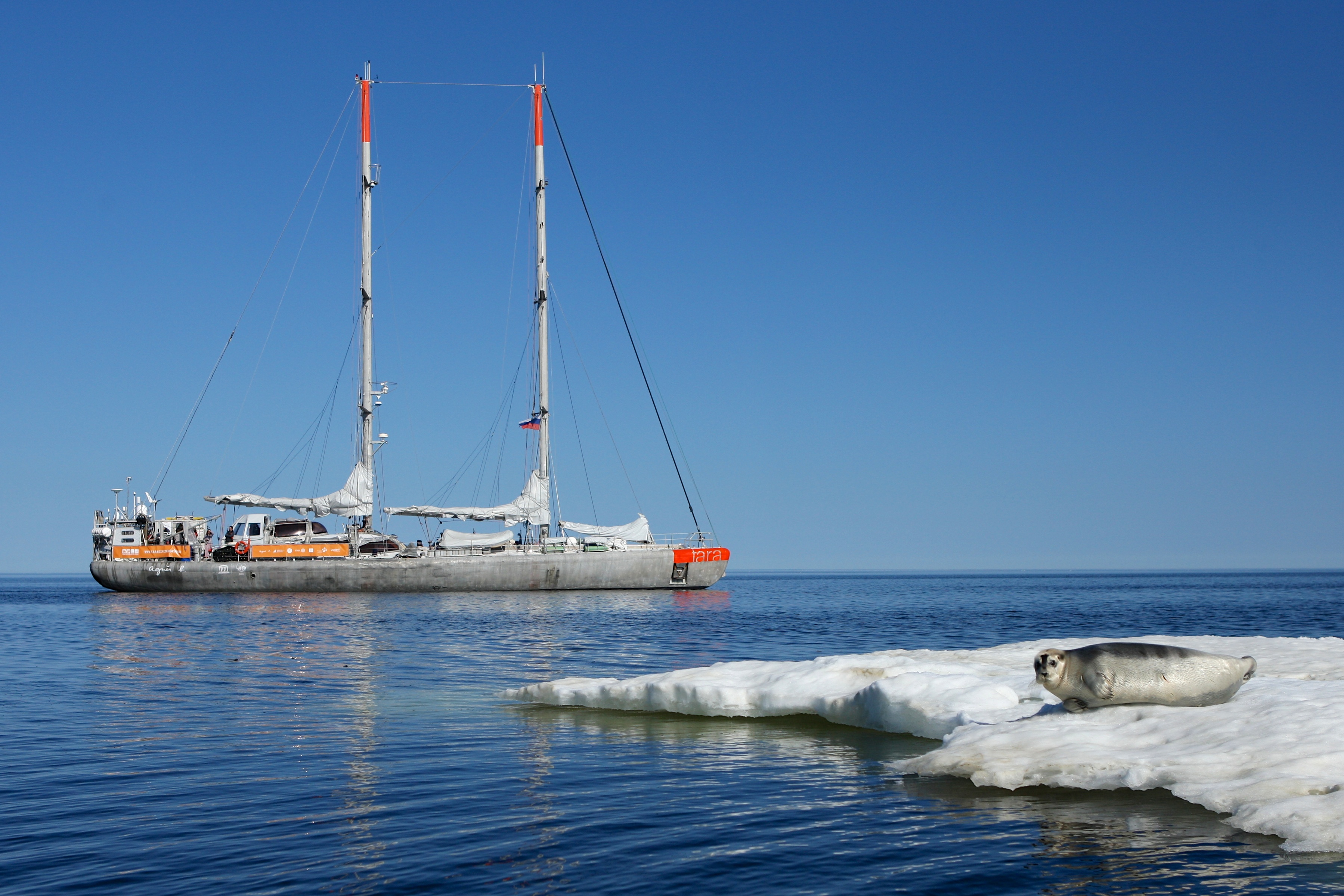
A study performed by an international team of researchers outlined for the first time the large-scale transport of microplastics from the Atlantic ocean to the Arctic, highlighting the global extent this problem has reached in just a few decades. The study has been published by the prestigious journal Science Advances.
The team, led by a researcher at the University of Cadiz and in which Ikerbasque and AZTI researcher Xabier Irigoien also participates, shows how the Atlantic plastics reach the Arctic due to he thermohaline circulation. The concentrations found in the Barents and Greenland seas are similar to those measured in the oceanic and Mediterranean turns, while in the rest of the Arctic basin concentrations are much lower.
Because of its remote location and sparsely populated coasts, it was considered that the Arctic Ocean should be relatively free from the microplastic contamination that has been detected in all the oceans of the world and in seas with heavily inhabited coasts such as the Mediterranean.
However, the study highlights the global extent reached due to this problem in just a few decades. The effects that plastic pollution is having on our seas and oceans are still unknown, but what is known is that their effects will be felt on a large scale.
The study estimated about 400 tons of microplastics are in the Arctic Ocean, the majority of those having the size of a grain of rice, with concentrations of thousands of particles per square kilometre in the areas with the highest density. Although some of the particles may be of local origin due to increased Arctic sea traffic, researchers estimate that a significant proportion comes from dumpings on the industrialized shores of the Atlantic Ocean.
"The results of this research make it even more relevant the need to develop tools for the management and disposal of plastic waste as close as possible to the points of origin, since once they enter the general ocean circulation their final destination and impact is uncontrollable," declared Oihane C. Basurko, lead researcher of the European project LIFE LEMA, which guides local authorities in adopting a sustainable approach to keep the shoreline clean.
.png)
